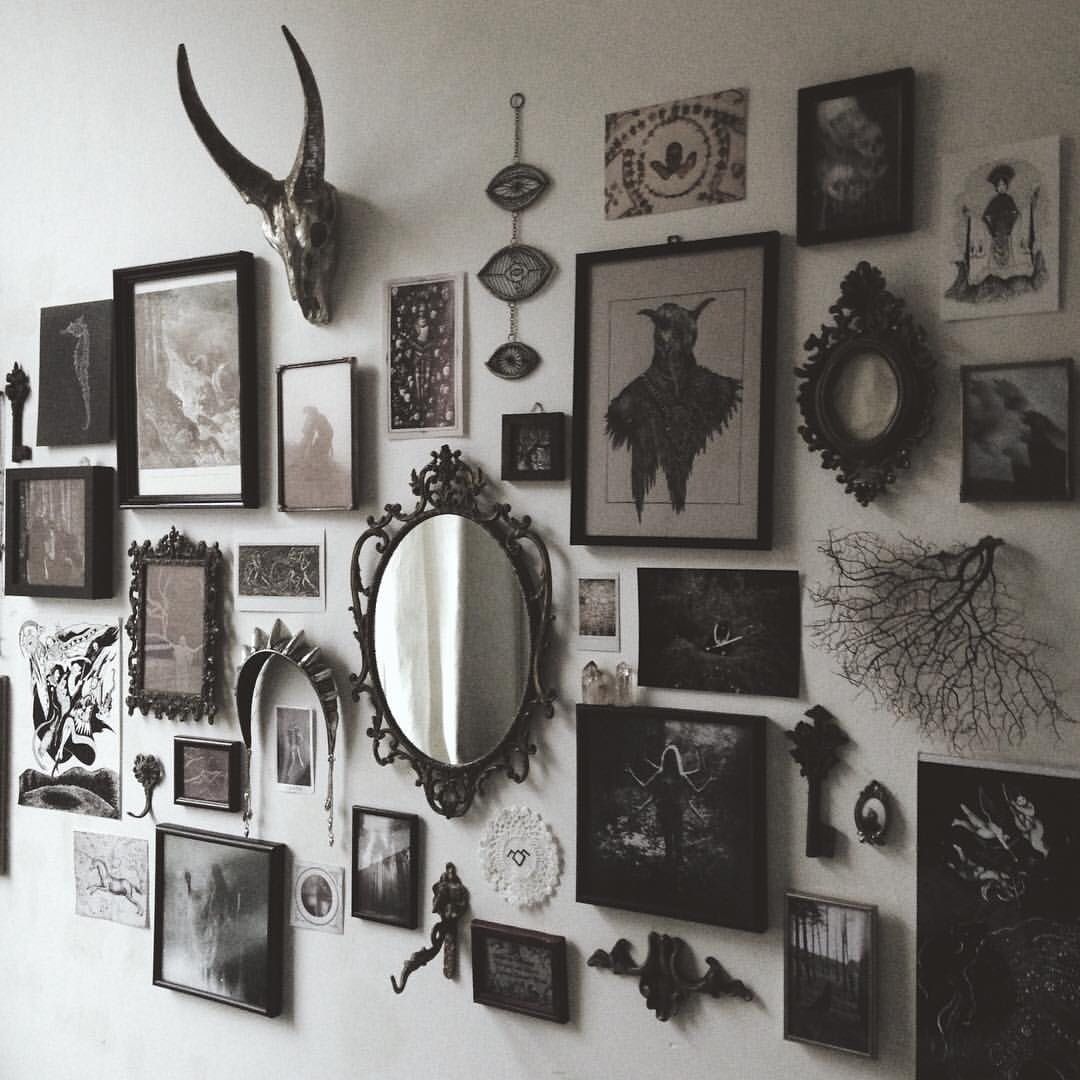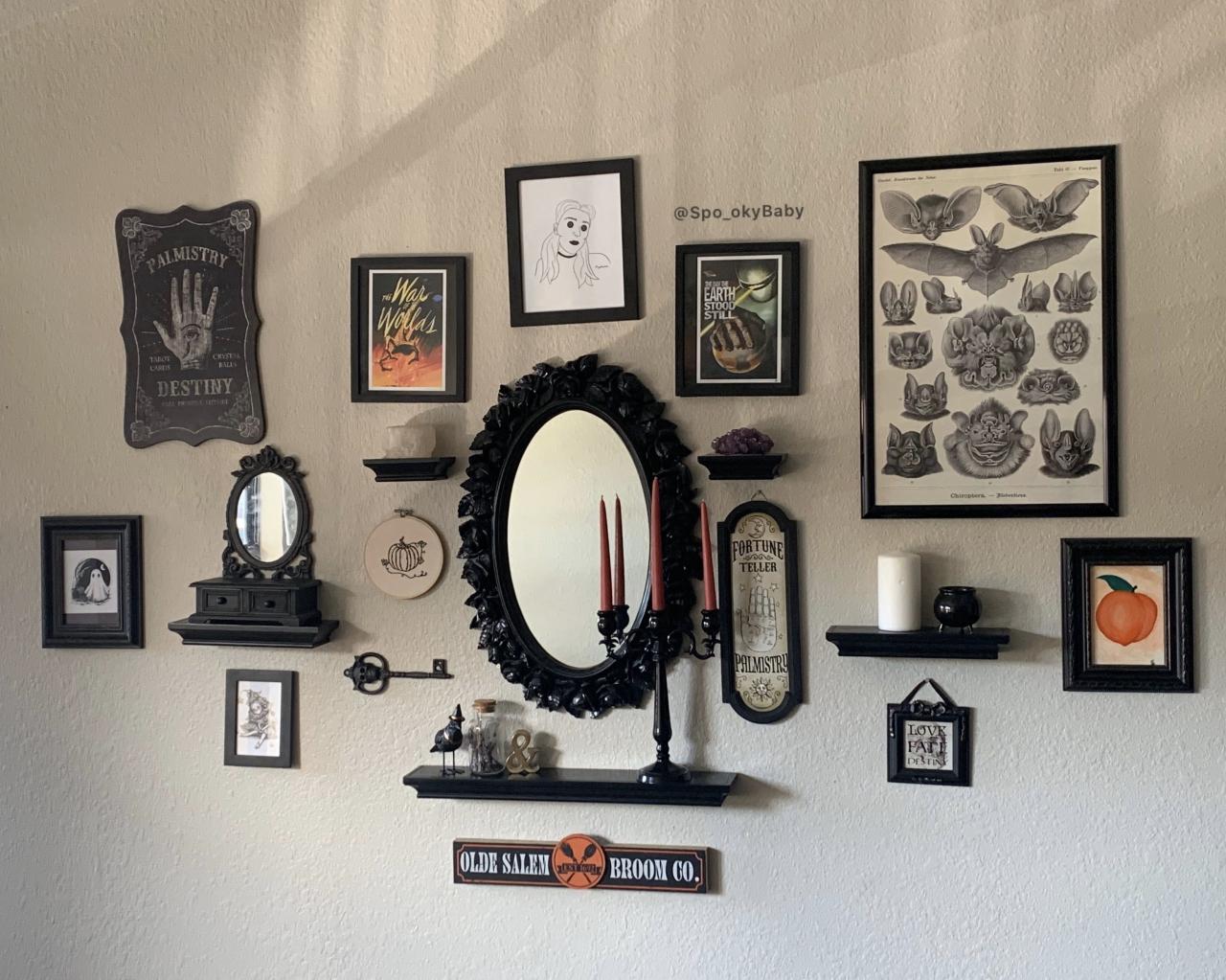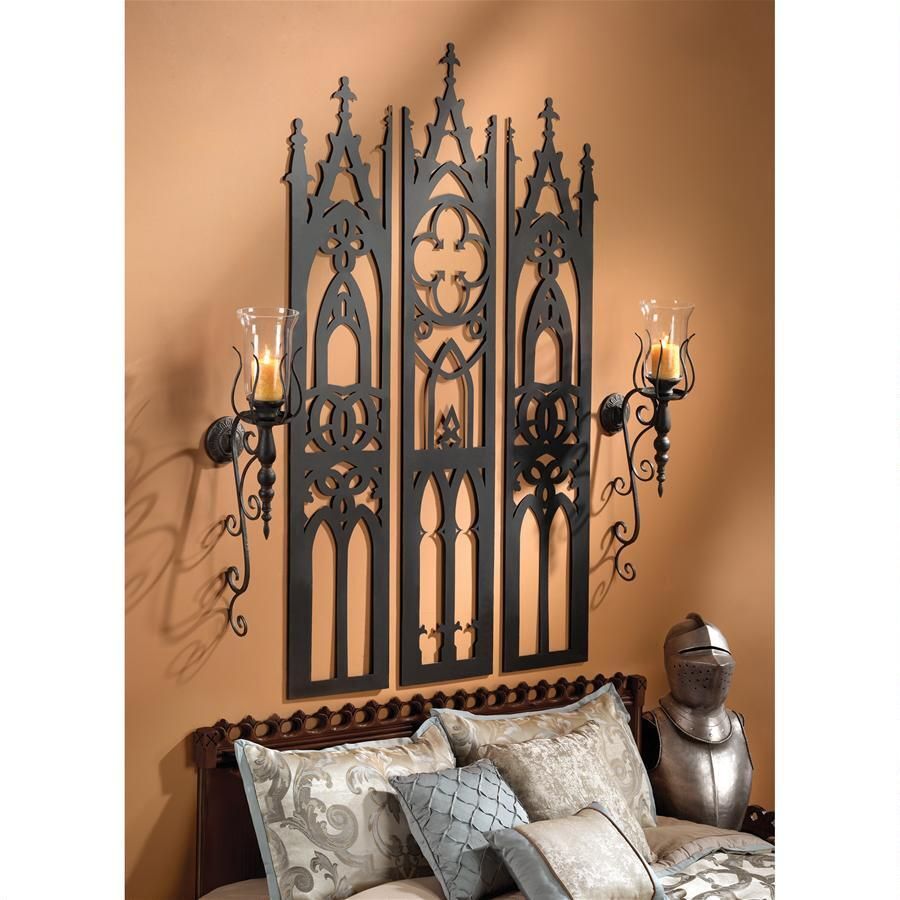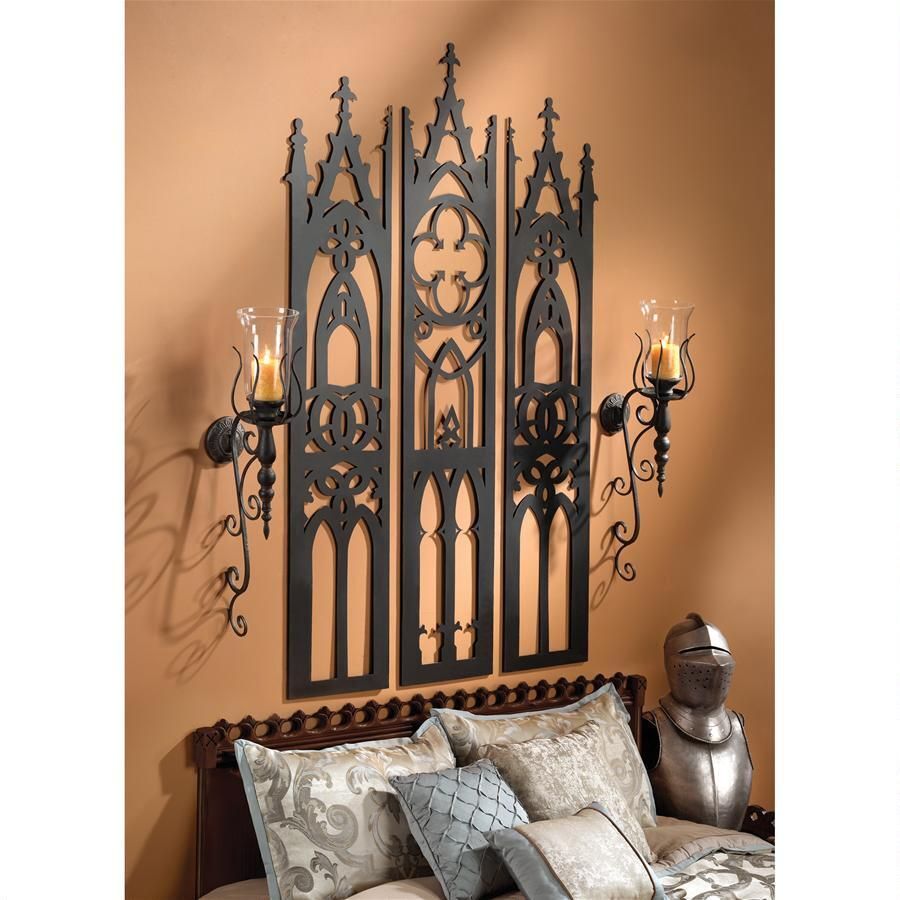Gothic wall decor, a captivating blend of architectural grandeur and intricate artistry, has graced the walls of medieval cathedrals and castles for centuries. This evocative style, characterized by its pointed arches, ribbed vaults, and stained glass, continues to inspire contemporary interiors, offering a timeless elegance that transcends time.
From its historical origins to its modern interpretations, gothic wall decor encompasses a diverse range of materials, techniques, and motifs, each contributing to its unique allure. Whether adorning a grand hall or adding a touch of medieval charm to a modern abode, gothic wall decor invites us to embrace the captivating beauty of a bygone era.
Historical Context of Gothic Wall Decor

Gothic wall decor emerged as an integral part of the Gothic architectural movement that flourished in Europe during the Middle Ages. The origins of Gothic architecture can be traced back to the 12th century, when it emerged as a departure from the Romanesque style.
Gothic architecture was characterized by its soaring heights, pointed arches, ribbed vaults, and intricate stained glass windows. These elements were not only structural innovations but also served as a means of expressing religious and cultural beliefs.
Key Characteristics of Gothic Wall Decor
Gothic wall decor incorporated many of the key features of Gothic architecture, including:
- Pointed Arches:Pointed arches were a defining characteristic of Gothic architecture, creating a sense of height and grandeur. They were used in doorways, windows, and other decorative elements.
- Ribbed Vaults:Ribbed vaults were a structural innovation that allowed for the construction of taller and more spacious interiors. They consisted of intersecting ribs that formed a network of support for the ceiling.
- Stained Glass:Stained glass windows were a prominent feature of Gothic architecture, allowing light to filter into the interior while creating a colorful and dramatic effect. They often depicted religious scenes or stories.
Examples of Gothic Wall Decor
Some iconic examples of Gothic wall decor can be found in medieval cathedrals and castles, such as:
- Chartres Cathedral, France:The stained glass windows of Chartres Cathedral are renowned for their vibrant colors and intricate designs, depicting scenes from the Bible and the lives of saints.
- Notre Dame de Paris, France:The rose windows of Notre Dame de Paris are among the most famous examples of Gothic wall decor, featuring elaborate tracery and colorful glass.
- Windsor Castle, England:The walls of Windsor Castle are adorned with intricate tapestries, depicting scenes from history and mythology.
Tips for Choosing and Displaying Gothic Wall Decor

Incorporating Gothic wall decor into your home can add a touch of mystery and intrigue. When choosing and displaying Gothic wall decor, consider the following tips to create a cohesive and visually appealing space:
Choosing the Right Gothic Wall Decor
- Consider your interior style:Gothic wall decor can complement various interior styles, from traditional to contemporary. Choose pieces that align with the overall aesthetic of your room.
- Determine the focal point:Identify the wall or area you want to draw attention to. Select a statement piece, such as a large tapestry or painting, to serve as the focal point.
- Mix and match textures:Gothic wall decor often features intricate details and rich textures. Experiment with different materials, such as velvet, leather, and metal, to create a layered and visually interesting display.
Arranging and Displaying Gothic Wall Decor
- Create a gallery wall:Arrange a collection of smaller pieces, such as framed prints or photographs, on a single wall to create a dramatic gallery wall.
- Use symmetry:For a formal and balanced look, arrange your wall decor symmetrically around a central axis.
- Experiment with asymmetry:For a more eclectic and dynamic display, arrange your wall decor asymmetrically, creating visual interest and movement.
Lighting and Accessories, Gothic wall decor
Lighting and accessories play a crucial role in enhancing the impact of Gothic wall decor:
- Use dramatic lighting:Gothic wall decor thrives under dramatic lighting. Install sconces or spotlights to create shadows and highlights that accentuate the details.
- Add complementary accessories:Incorporate other Gothic-inspired elements, such as candles, sculptures, or antique furniture, to complement your wall decor and create a cohesive atmosphere.
Final Review

Incorporating gothic wall decor into contemporary interiors requires a delicate balance between preserving its historical essence and adapting it to modern sensibilities. By embracing the key elements of the style, such as pointed arches and stained glass accents, we can create spaces that evoke the grandeur of medieval architecture while seamlessly blending with contemporary furnishings.
Whether displayed in a Victorian-inspired living room or a minimalist bedroom, gothic wall decor adds a touch of timeless elegance and intrigue, transforming ordinary walls into portals to a captivating past.
FAQ Explained
What are the key characteristics of gothic wall decor?
Gothic wall decor is known for its pointed arches, ribbed vaults, and stained glass. It often incorporates intricate carvings, sculptures, and religious motifs.
How can I incorporate gothic wall decor into my modern home?
Incorporate gothic elements such as arched windows, pointed furniture, and stained glass accents. Choose wall decor with medieval-inspired motifs or materials like stone, wood, or metal.
What are some common types of gothic wall decor?
Tapestries, paintings, sculptures, and architectural fragments are all common types of gothic wall decor. Each type offers unique characteristics and can be used to create a specific atmosphere.

